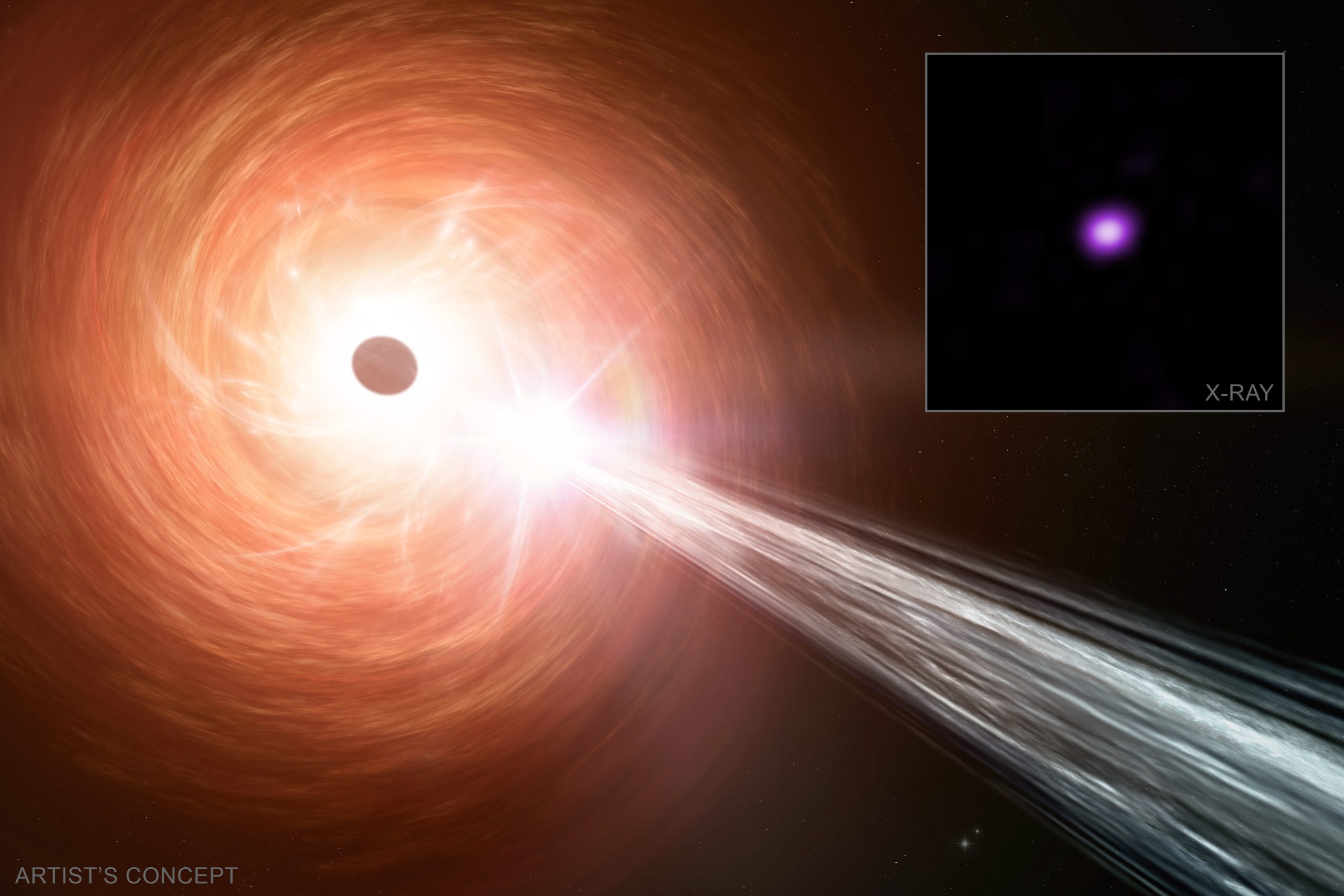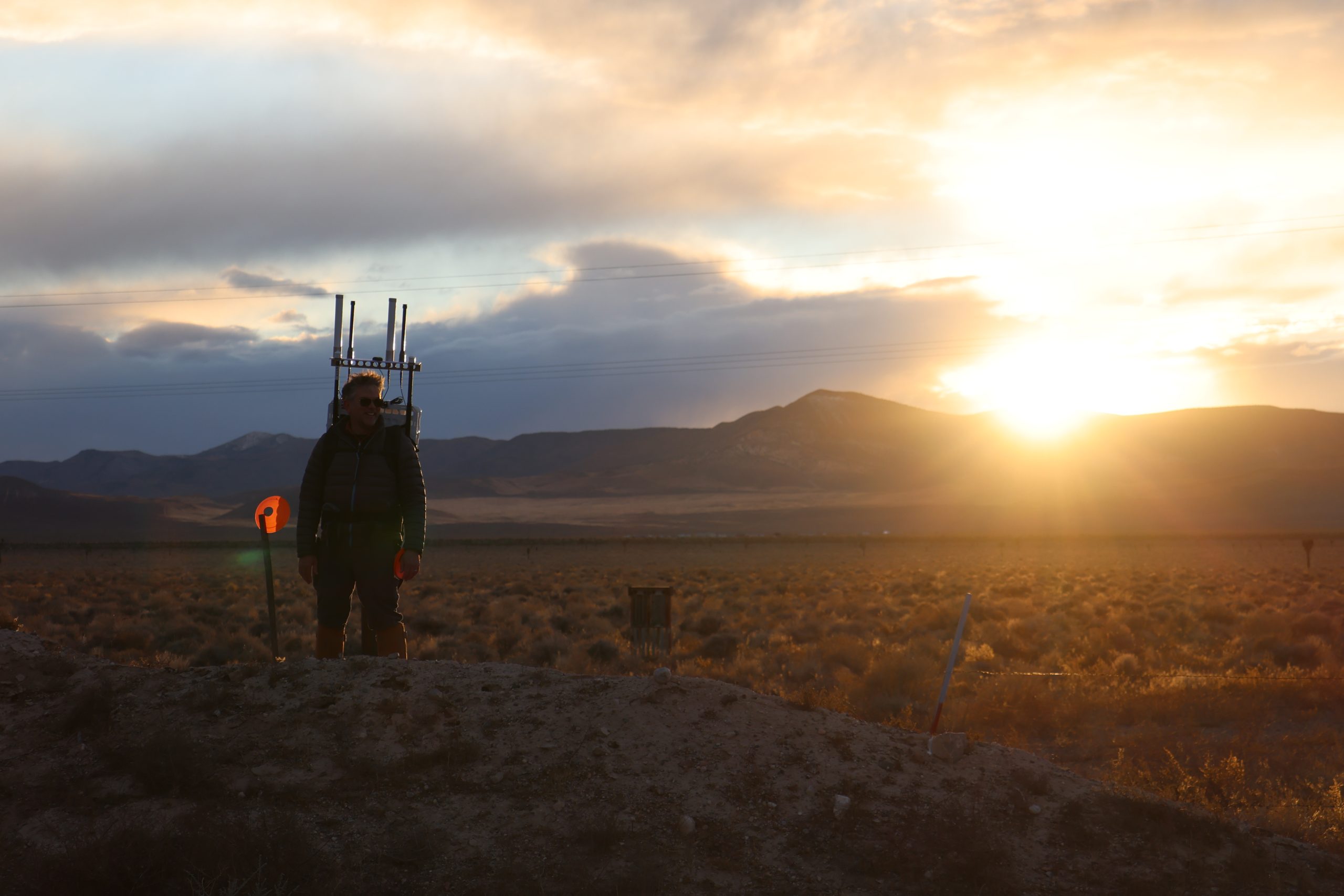Now Reading: NASA’s Chandra Discovers Rapidly Growing Black Hole
-
01
NASA’s Chandra Discovers Rapidly Growing Black Hole
NASA’s Chandra Discovers Rapidly Growing Black Hole

Quick Summary
- Astronomers, using NASA’s Chandra X-ray Observatory, have discovered one of the fastest-growing black holes ever detected.
- The black hole weighs a billion times the mass of the Sun and is located 12.8 billion light-years away, originating just 920 million years after the Big Bang.
- It powers a quasar named RACS J0320-35 that emits an extraordinary amount of radiation,outshining entire galaxies.
- Observations reveal it is growing at an estimated rate 2.4 times above the Eddington limit – which dictates how fast matter typically falls into a black hole.
- Researchers suggest this may mean it started with either a high initial mass or grew rapidly through exotic mechanisms such as gas collapse in low-metal environments.
- The black hole produces jets of particles traveling near light speed – rare among quasars – possibly linked to its rapid growth rate.
- Data from NASA’s Chandra X-ray Observatory and other telescopes like Gemini-South provided insights into its extreme growth patterns.
Image Highlights:
An artist’s illustration shows RACS J0320-35 as a spiraling disk emitting vivid yellow and orange hues around a dense central black spot (the black hole), accompanied by silver particle jets.Read More
Indian Opinion Analysis
This finding marks a significant advancement in understanding early-universe phenomena. The rapid growth rate of this ancient black hole offers key insights into how supermassive black holes form and evolve shortly after cosmological beginnings. Such findings are critical for theoretical astrophysics as they challenge current models on accretion limits (Eddington Limit) and bring attention to alternate paths leading to massive structures.
For India, where scientific research is increasingly gaining prominence in global astronomy projects like SKA (Square Kilometer Array), understanding discoveries such as this could enhance contributions to foundational science debates on cosmic evolution. With India continuing initiatives toward indigenous space research capabilities via ISRO missions, there is an opportunity for fostering deeper collaboration with international facilities like NASA’s observatories for broader exploration efforts.



























